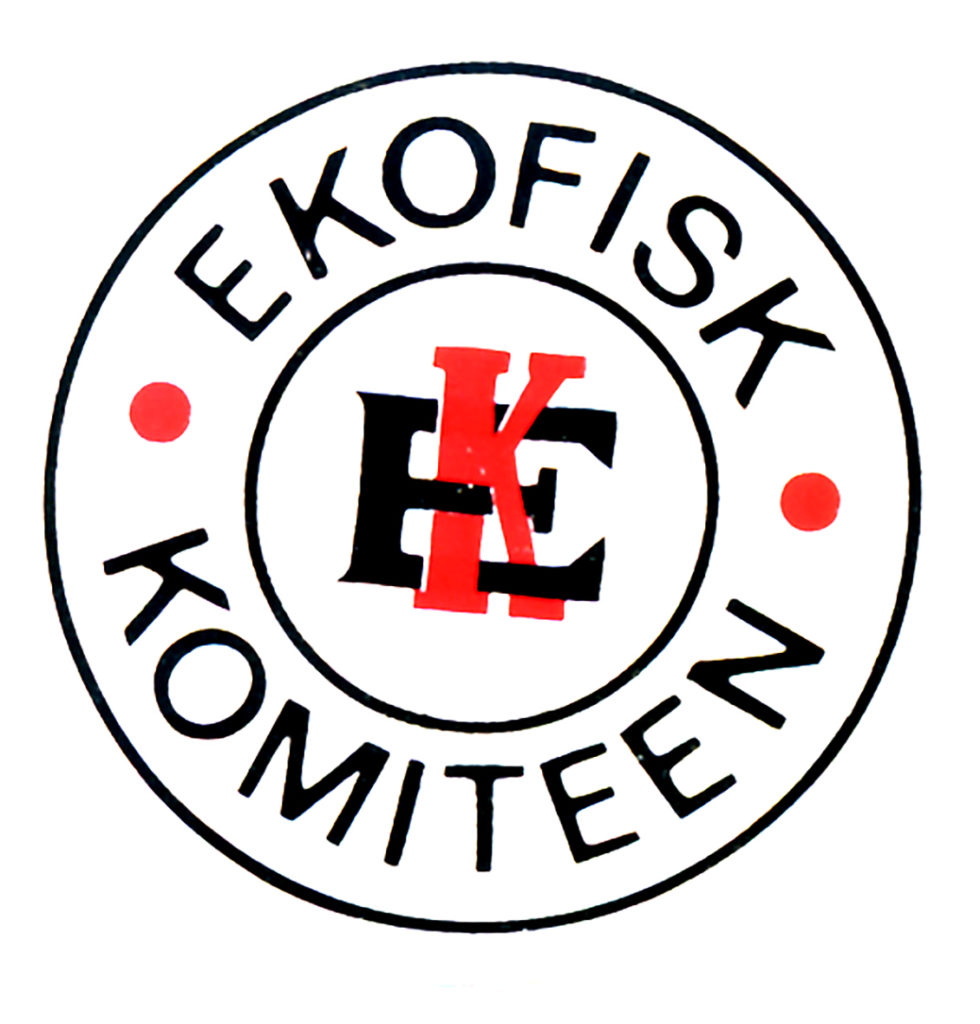In-house union formed on Ekofisk

“We were told we actually belonged to the Norwegian Union of General Workers – or “Stone and Earth”, as it was known. I questioned why that was the case.
Three of us – Alf Knudsen, Geir Gustavsen and me – were mandated to investigate this. We would have preferred to be organised in the Norwegian Seamen’s Union, of course, because why work offshore, in the middle of the North Sea, without being entitled to [lower] seafarer’s income tax. Why pay the full land rate?
We turned to the Seamen’s Union, and were told that this wasn’t possible. They had drawn lots to decide where we belonged, and Stone and Earth had won.
So we went back to the general workers union and asked them to raise the issue of seafarer’s tax in the next pay talks. Nothing happened, and we decided to set up our own union. But it took a little time.”[REMOVE]Fotnote: Egil Berle interviewed by Kristin Øye Gjerde, 20 June 2003 (extract).
The first moves in this direction on Ekofisk occurred in the autumn of 1973. Berle was asked by a number of colleagues if he could approach the boss and arrange for them to hold a meeting in Stavanger to establish their own organisation.
“I went down to [the Phillips base office in] Dusavik and talked with the chief, Paul Reynolds, about whether he would give me NOK 150 000 to bring together the whole workforce in Stavanger to discuss what kind of interest organisation we could actually contemplate. He liked the idea. Among other aspects, I mentioned that we wouldn’t be a political organisation.
We didn’t want to join the general workers. We weren’t allowed to join the Norwegian Seamen’s Union, but we were keen to win entitlement to seafarer’s tax and similar benefits. I also asked whether we could borrow Phillips’ lawyers, and it eventually became so much that Reynolds replied: ’Egil, you can’t have NOK 150 000, but I’ll arrange matters so we bring everyone together with their wives.’
This involved two sessions at Stavanger’s Atlantic Hotel [on 10 and 17 November 1973]. There weren’t that many of us then, so two meetings were fine. We were informed about pension arrangements, insurance, the history of Phillips and so on.
The whole management was present. We got time to ourselves, where we held discussions, elected an executive committee, the committee elected a chair, and that was me. Then we set to work. And we pursued incredibly good negotiations with Phillips.
We were able to borrow their Oslo lawyers, Gregersen, Gregersen og Gregersen, who were going to work to get us seafarer’s tax. In the meantime, while waiting for that, we wanted a compensation for what we could have earned if we were paying this tax. That was what became the offshore supplement.
 Bakgrunn for første husforening på Ekofisk, logo,
Bakgrunn for første husforening på Ekofisk, logo,That was the precursor to the Ekofisk Committee. I was the chair. Ivar Lode had the abacus and kept the finances in order. Emil Lima handled the paperwork and that sort of thing. I was from Bergen, so I did the talking. I remained chair until Øyvind Krovik took over. He served for many years in that role, of course.”
